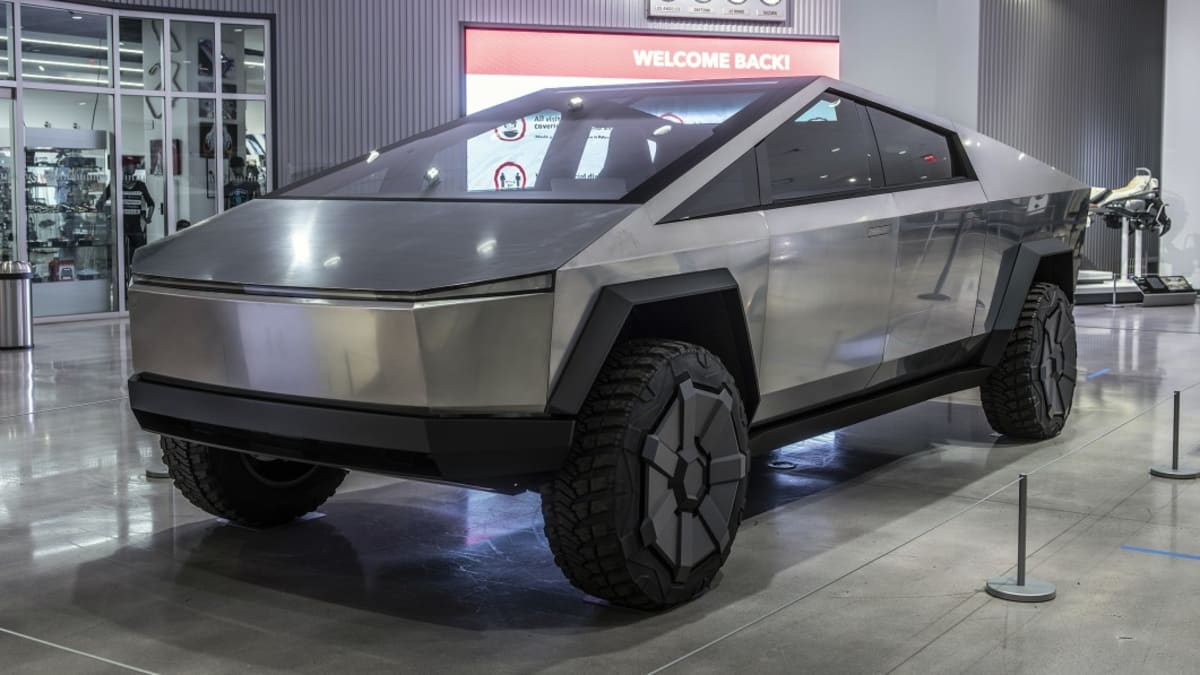If you don’t recall the initial unveiling of the Tesla Cybertruck, it’s understandable since it took place almost four years ago in late 2019. The event made waves not only for showcasing the futuristic vehicle but also for a notable mishap. During the presentation, Tesla CEO Elon Musk attempted to demonstrate the “armored glass” but ended up breaking the window on stage. This incident was just one of several early challenges encountered by the Tesla engineering team with the alpha-level prototype.
Recently, a leaked document surfaced, which was shared by Germany’s Handelsblatt newspaper and later reported by Wired. The document provides insights into the reasons behind the nearly four-year delay since the initial reveal of the Tesla Cybertruck and reveals the intricate engineering challenges encountered during its development. Tesla faced difficulties in addressing issues related to body sealing, leaks, noise, handling, braking, and suspension. While these challenges are typical in the development of any new vehicle, industry experts expressed astonishment at the extensive effort and time required to resolve them.
Certain challenges arose from the distinctive design of the Cybertruck, which posed unique difficulties in terms of body sealing and noise reduction. Achieving a proper seal is already a complex task with conventional automotive shapes, and the sharp and geometric design of the Cybertruck further exacerbated the challenge. The leaked document highlights additional concerns, including issues with “high head-toss accelerations,” “structural shake,” and “excessive mid-speed abruptness and chop.” Moreover, some of the more advanced features initially faced complications, such as the “strafe mode,” which resembles the crab walk feature found in the GMC Hummer EV.
Despite the various challenges faced during its development, Tesla remains committed to launching the Cybertruck by the end of this year, although mass production is not expected until 2024. However, even upon its release, the unique design of the Cybertruck may pose obstacles to its widespread acceptance. Concerns have been raised regarding potential difficulties in meeting safety regulations, particularly in Europe and other regions. Working with stainless steel, which lacks the flexibility of traditional steel, adds complexity to the construction process, potentially compromising aspects like the truck’s crumple zones and other safety features in order to adhere to the design.





